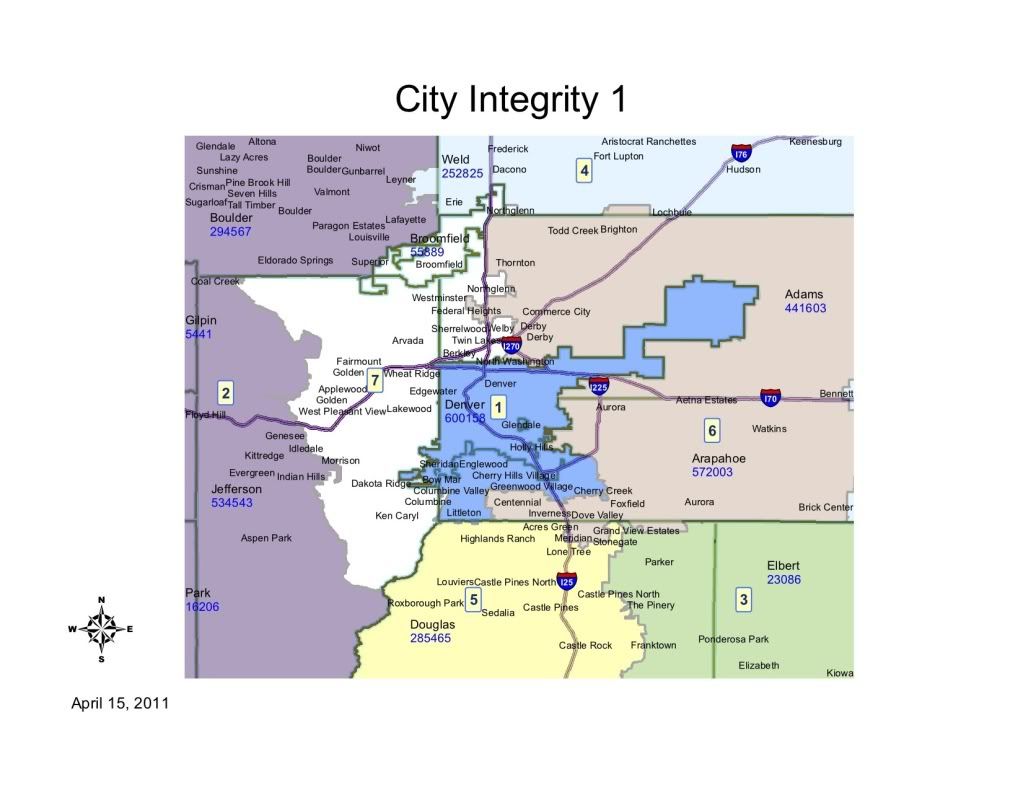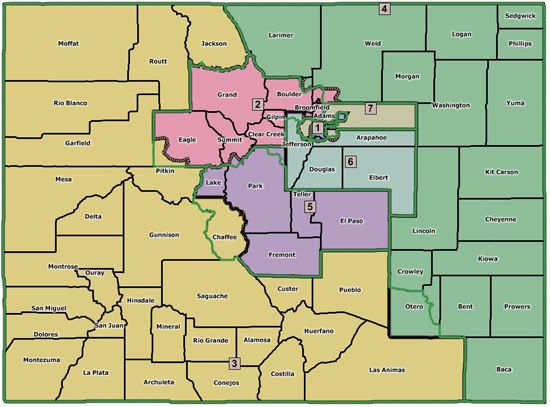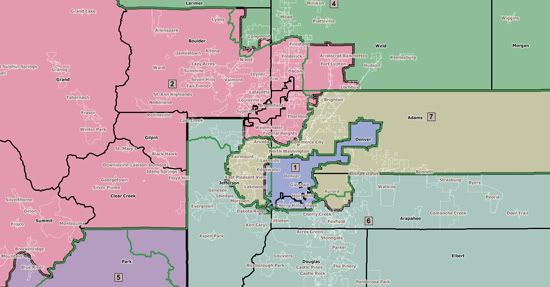A few weeks ago on Swing State Project, somebody posted a map of the United States if the states were based on communities of interest and like-minded metropolitan areas. The result was what is referred as the “38 states of America.” Not surprisingly, the discussion turned to what each party’s electoral chances would be like in each of the new states. So in this series of diaries, I will be looking into how each party did during the 2008 presidential election, and what the recent changes in population, demographics, and partisanship mean for 2012.
The Map:
url=”Link to the Map[/url]
In this first installment I will look at the Northeast Region. The Midwest, Southeast, and West Regions will come later, as well as the final electoral vote roundup at the end. I’m counting Alaska as one state, so there’s only going to be 37 states in this countdown, somehow I don’t think the northern Alaska state would have enough population for inclusion on it’s own.
Northeast Region:
Kennebec – (Northern New England) – Total vote 1,578,414
Obama – 943,160 (59.8%)
McCain – 635,254 (40.2%)
PVI – D+7
2012 Rating – Solid Democratic
Kennebec is the furthest northeastern state, consisting of Maine, Vermont, and most of New Hampshire. This area used to be very republican but ever since the 90s has been a democratic stronghold. It’s hard to imagine the Republicans ever being competitive here without a major blowout win nationally.
Plymouth – (Southeast New England) – Total vote 2,889,035
Obama – 1,805,754 (62.5%)
McCain – 1,083,281 (37.5%)
PVI – D+10
2012 Rating – Solid Democratic
Plymouth state consists of the greater Boston area, and stretches from Manchester to Providence to Worcester, essentially. It’s the smallest state in the union area wise, and it’s also one of the most democratic states in the nation. Safe D.
Mohawk – (Upstate NY) – Total vote 2,403,469
Obama – 1,295,120 (53.9%)
McCain – 1,108,349 (46.1%)
PVI – D+1
2012 Rating – Toss Up
Mohawk is a state that essentially covers most of Upstate New York. This is an area that is republican on the local level and used to be much more republican nationally as well. Obama got 54% here, and Kerry ran nearly even with Bush in 2004, which tells me that this would be a pre-eminent swing state that would get a lot of media coverage and trips from the candidates in 2012. The key for the Democratic candidate is to ring up a big margin in the cities like Buffalo, Syracuse, Rochester, and Albany, as well as carry the upper St Lawrence Valley. For the republican, it is the rural areas of western new York and the lower Hudson valley that are the real zones to score well. Definitely one to watch.
Hudson – (NYC Metropolis) – Total vote 9,473,464
Obama – 5,976,369 (63.1%)
McCain – 3,497,095 (36.9%)
PVI – D+10
Rating – Safe Democratic
Hudson state consists of the greater NYC area and its sphere of influence, stretching from Connecticut through northern New Jersey. I don’t think Democrats would have anything to worry about here, it’s one of the most democratic states in the nation.
Susquehanna – (Eastern PA/South NJ) – Total vote 4,303,560
Obama – 2,658,358 (61.8%)
McCain – 1,645,202 (38.2%)
PVI – D+9
Rating – Safe Democratic
This state covers eastern Pennsylvania and southern New Jersey. With Philadelphia being the dominant metro area here and with other democratic bastions within like Scranton, Allentown, and Atlantic City, there really isn’t much room for a republican candidate to do well. Safe D.
Chesapeake – (Mid-Atlantic) – Total vote 6,145,671
Obama – 3,614,839 (58.8%)
McCain – 2,530,832 (41.2%)
PVI – D+6
Rating – Likely Democratic
Chesapeake state is fairly polarized politically. There are actually some hugely republican regions in the state, such as south central Pennsylvania and upper Maryland, as well as parts of central and western Virginia. The problem for the Republicans is that the democrats have a major base in the metropolitan corridor, stretching from Wilmington to Baltimore/DC to Richmond. For the republican to win here he would have to do extremely well in the suburbs of Baltimore and in northern Virginia and hold down margins in the cities while cleaning up in the rural reaches. Obama got 59% here, so that’s a tough task.
Allegheny – (West PA/East OH) – Total vote 3,938,362
Obama – 2,159,289 (54.8%)
McCain – 1,779,073 (45.2%)
PVI – D+2
Rating – Leans Democratic
Now here’s a state that I didn’t think would be so competitive. Allegheny state, which covers the eastern portion of the Rust Belt, was carried by Kerry in 2004 but barely moved at all toward Obama in 2008 as many areas of western Pennsylvania and northern West Virginia actually moved rightward. The district’s rightward trend leads me to believe that it could be a candidate to flip red in 2012, but to win, the republican candidate would have to avoid getting killed in Cleveland and Pittsburgh, the former being especially problematic as Obama took 70% in Cuyahoga County. You’d definitely see big money dropped in this area and many visits, just as you do in today’s presidential elections.
Appalachia – (WV/East KY/West VA) – Total vote 1,436,350
Obama – 595,855 (41.5%)
McCain – 840,495 (58.5%)
PVI – R+12
Rating – Solid Republican
I didn’t know where to put this state geographically, it’s right at the bend of the northeast, south, and Midwest. What I do know is that this state, much of which is locally democratic, is hugely republican at the national level. Obama would have no chance here, and really even a democrat like Joe Manchin would struggle because of the inclusion of uber-red parts of eastern Kentucky and northeastern Tennessee to go with most of West Virginia. For 2012 purposes, definitely Safe R.






